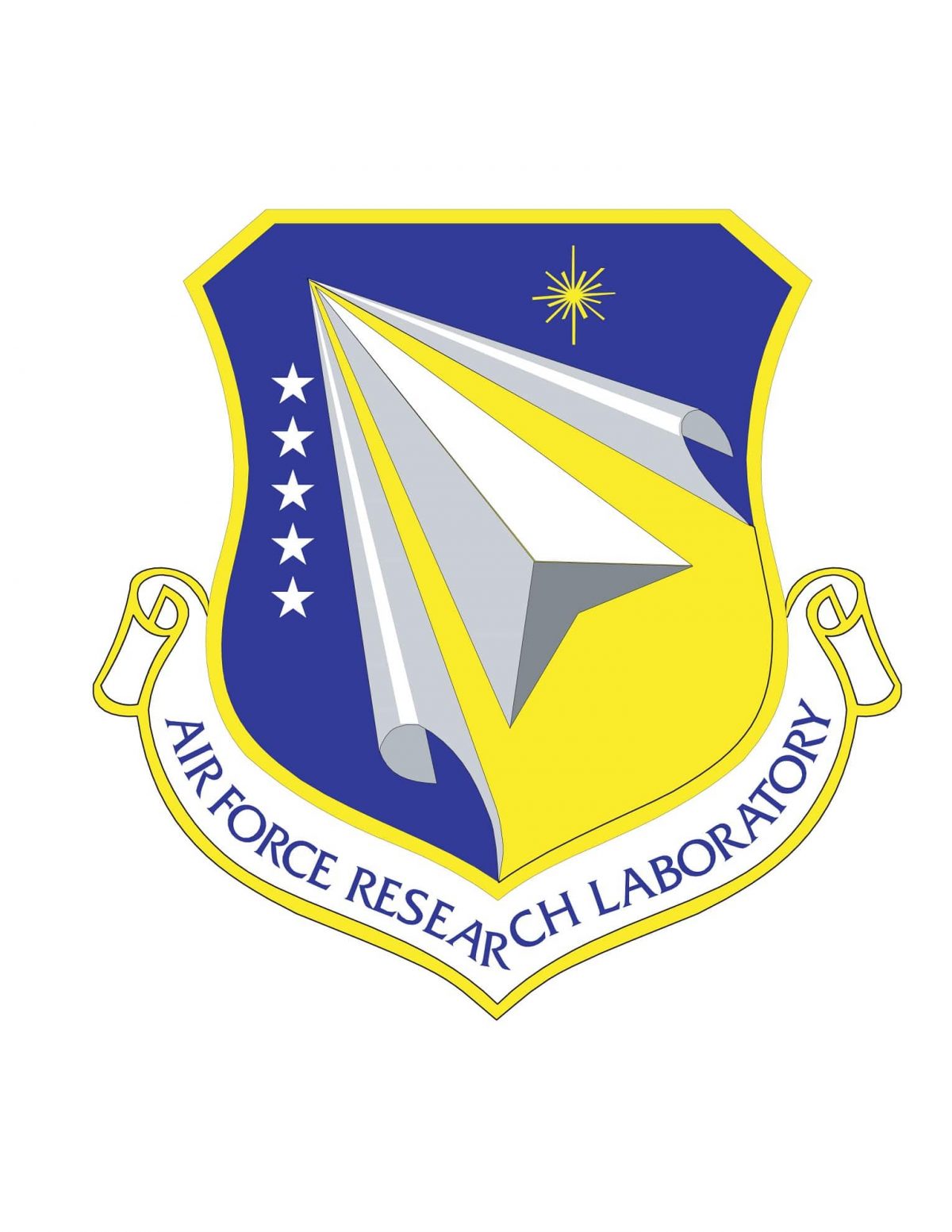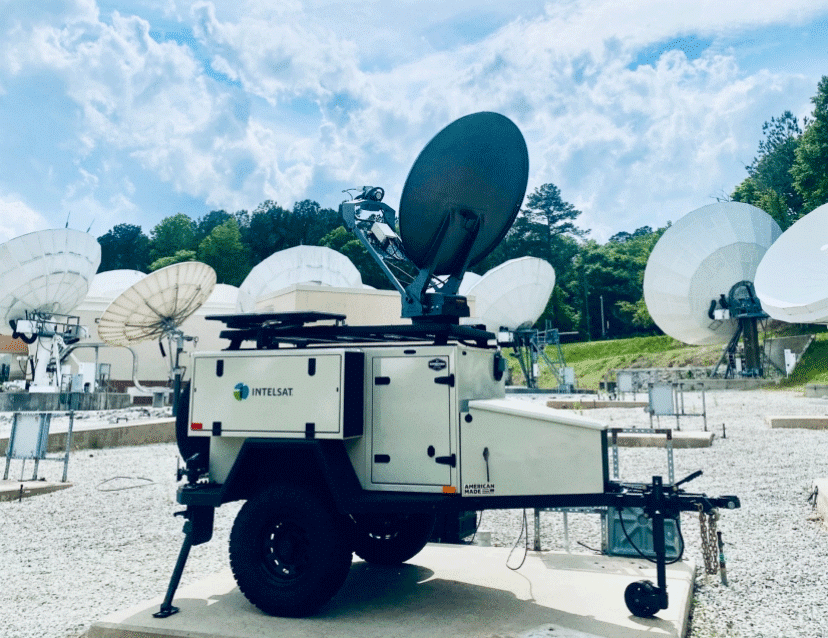Dr. Morley Stone and AFRL Recognize the Value of Government and Commercial Collaboration
The recent Department of Defense Lab Day featured over 100 exhibits demonstrating advances Air Force scientists and engineers have made in autonomy, unmanned systems, hypersonics, directed energy, and nano-science. Yet despite this impressive display of innovation, Dr. Morley Stone, the chief technology officer for the U.S. Air Force Research Laboratory, acknowledged that the DoD is falling behind and commercial innovation offers an opportunity to catch up.
“DoD’s share of [the] research and development ecosystem continues to shrink while the industrial share of that research ecosystem continues to expand, so we have to be thinking about different ways that we can reach out beyond the traditional DoD tech base and find ways to leverage what’s happened in the industrial R&D. It is just absolutely exploding,” Dr. Stone told Defense & Aerospace Report Editor Vago Muradian at the Pentagon’s DoD Lab Day 2017.
Dr. Stone began his AFRL career in 1992 as a research engineer in the Materials and Manufacturing Directorate and has held many leadership positions within the organization, including Chief Scientist of the 711th Human Performance Wing. He is now the primary science and technology adviser to the AFRL commander, assisting with the planning and execution of the organization’s Science and Technology program. The lab is located at Wright-Patterson Air Force Base near Dayton, OH.
The AFRL is no stranger to public/private partnerships. Through the Air Force Technology Transfer (AF T2) program, developments in Air Force science and technology are shared with academia, industry, and state governments to help accelerate the development of products and research. The Vigilant Spirit Control Station (VSCS) software package is a prime example of this type of collaboration and the benefits it offers.
The VSCS software package allows unmanned aircraft system (UAS) operators to pilot multiple airplanes simultaneously. Most UAS manufacturers provide proprietary software that cannot be modified. VSCS, on the other hand, is non-proprietary and can work with multiple groups and brands of UAS. The ability to easily modify the source code to address the operator’s needs makes VSCS an important R&D tool for both the Air Force and commercial UAS manufacturers.
As a result, the 711thth Human Performance Wing’s Airman Systems Directorate is using Information Transfer Agreements (ITAs) to provide commercial companies with access to VSCS. The ITAs allow researchers from the companies to use the software while protecting the Air Force’s intellectual property rights.
An ITA with Bihrle Applied Research Inc. has become essential for continued testing of the integration of VSCS and the Jointly Optimal Conflict Avoidance sense and avoid algorithm. A team from Bihrle Applied Research is working with AFRL Aerospace Systems Directorate on the project.
“Having access to the software allows our algorithm development team to operate and observe the algorithm’s dynamic interaction with the software controls and display functions in real time and under different encounter scenarios,” said Jacob Kay, the director of sense and avoid technologies at Bihrle Applied Research. “This first-hand experience with VSCS greatly expedites our development, testing, and refinement process.”
This is just one example of how government/commercial collaboration can benefit both the Department of Defense and commercial industry. As leaders like Dr. Stone and organizations like the AFRL continue to emphasize the importance of closing the innovation gap by partnering with commercial organizations, we expect to see much more of this activity. And we’re excited to see what comes out of it.






















